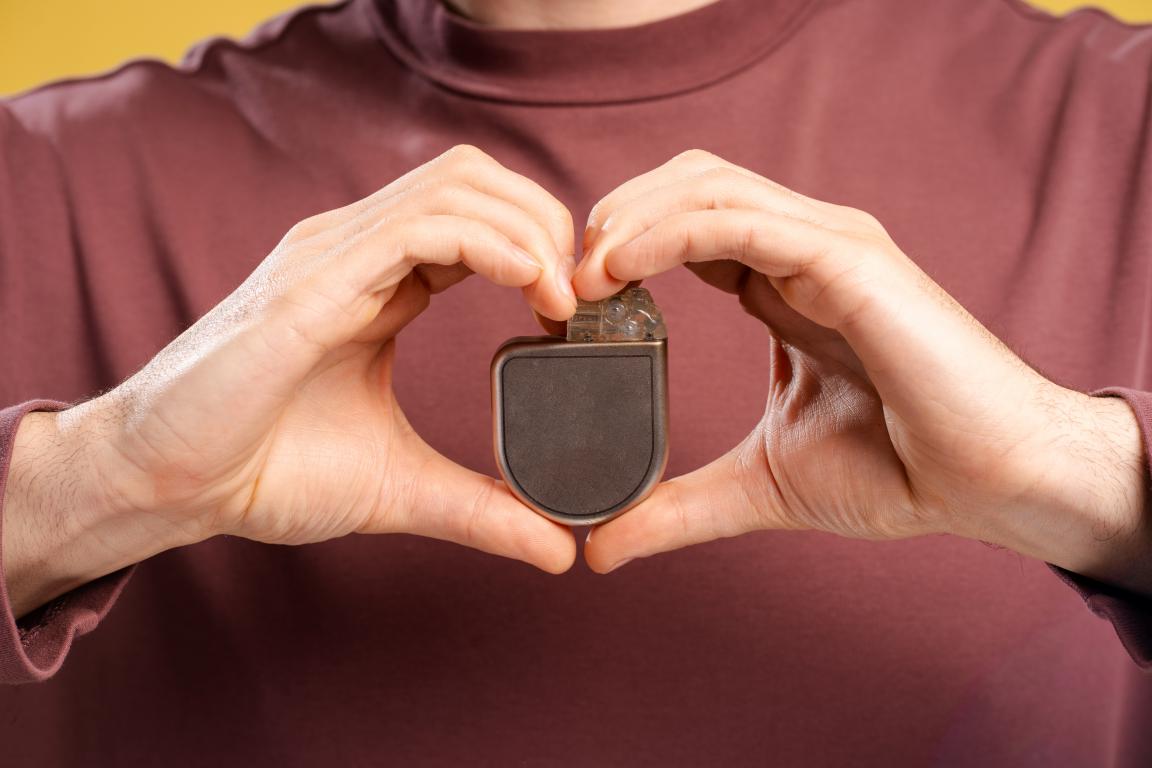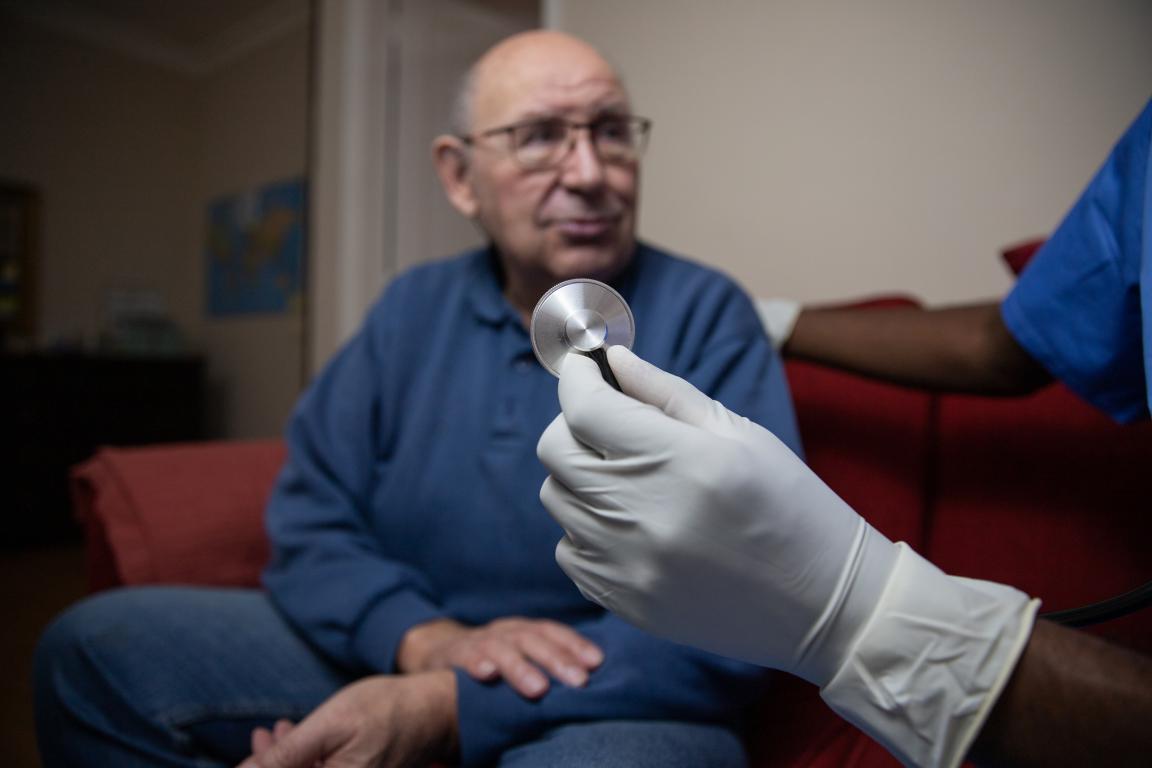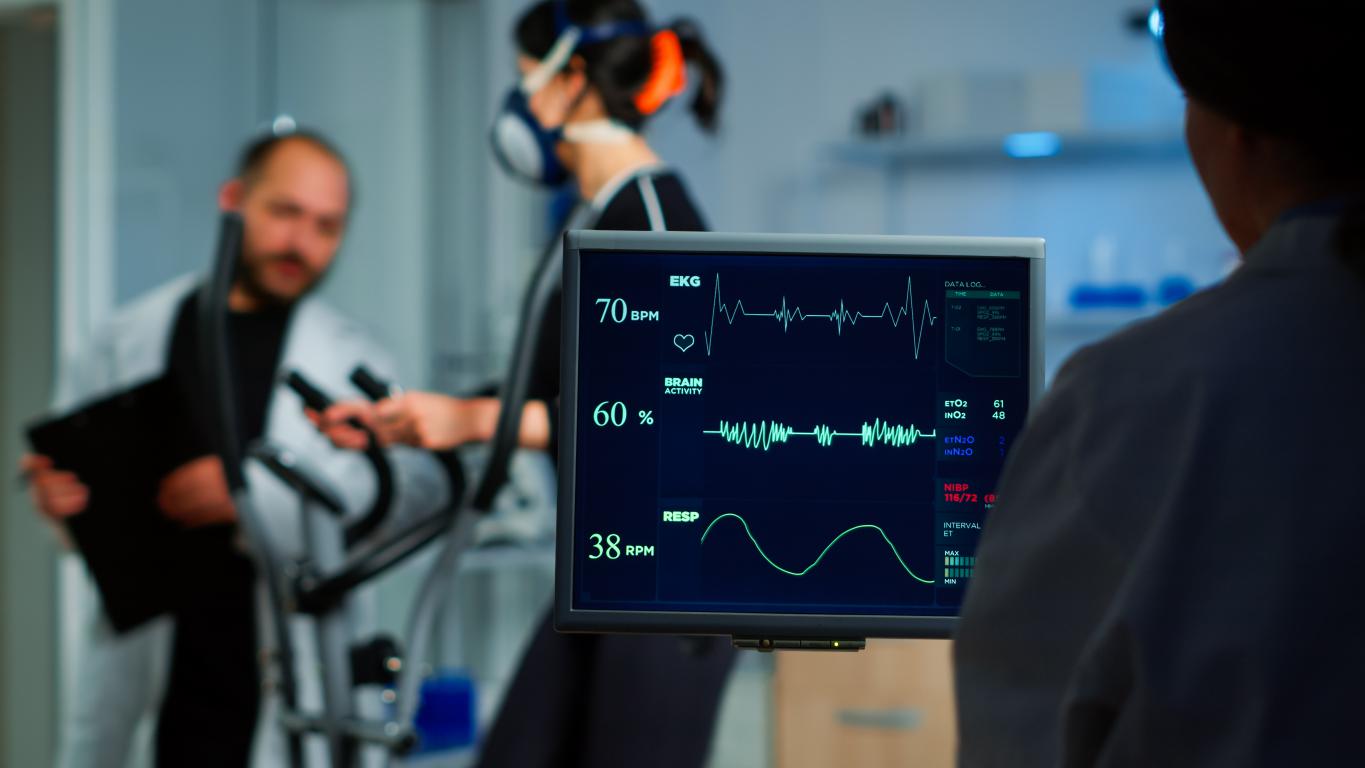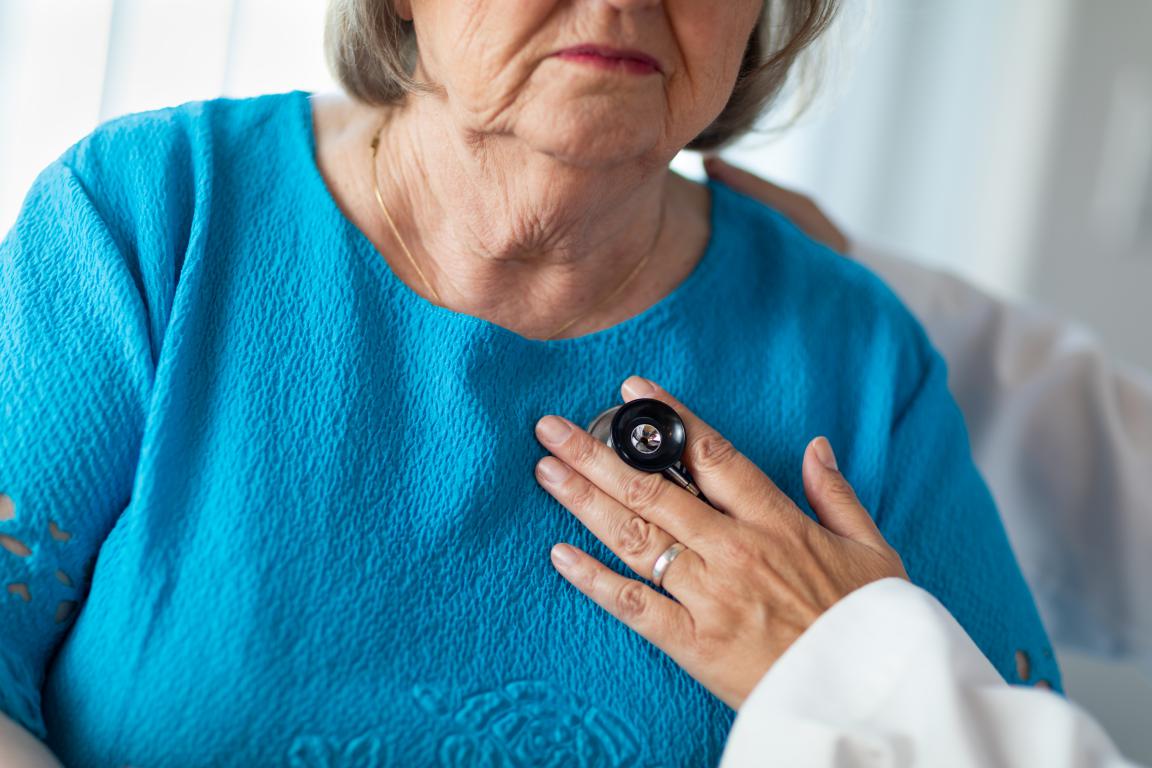Bio-degradable cards
Every card imaginable!
|
Bio-degradable cards Every card imaginable! Pacemakers Essential Facts
What is a Pacemaker and How Does It Work?
What is a pacemaker?A pacemaker is a small medical device designed to help individuals with irregular heart rhythms. It is implanted under the skin, usually near the collarbone, and connected to the heart by thin wires called leads. The device generates electrical impulses that regulate the heart’s rhythm, ensuring it beats at a consistent pace. Pacemakers are crucial for individuals with conditions like bradycardia (slow heart rate) or heart block, where the heart's natural electrical system does not function properly.
How does a pacemaker function?A pacemaker works by continuously monitoring the heart’s electrical activity. If the heart slows down or misses a beat, the pacemaker sends a painless electrical signal to prompt the heart to contract and maintain an adequate rhythm. Advanced pacemakers can adapt their pacing rate based on physical activity, ensuring the heart meets the body’s changing needs.
Why might someone need a pacemaker?There are several reasons a person might require a pacemaker. Common conditions include bradycardia, heart block, and sick sinus syndrome, where the heart’s natural pacemaker does not function correctly. Without treatment, these conditions can lead to fatigue, dizziness, fainting, or even life-threatening complications. A pacemaker provides reliable, ongoing support for the heart to prevent these symptoms and improve quality of life.
How long does a pacemaker last?The lifespan of a pacemaker depends on factors such as the device model, its usage, and the individual’s condition. Most pacemakers last between 5 and 15 years. During regular medical check-ups, your doctor will monitor the battery life and functionality of the pacemaker to ensure it continues to work effectively. When the battery approaches the end of its life, a simple procedure is performed to replace it. 
What You Need to Know About Getting a Pacemaker Fitted
How is a pacemaker implanted?The procedure to implant a pacemaker is relatively straightforward and typically performed under local anaesthesia, though sedation may also be used. During the procedure, a small incision is made below the collarbone. Leads are guided through veins into the heart, and the pacemaker device is placed in a pocket created under the skin. Once in place, the leads are connected to the pacemaker, and the device is programmed to meet the patient’s specific needs. The procedure generally lasts one to two hours.
Does the procedure of getting a Pacemaker fitted hurt?Patients undergoing pacemaker implantation usually experience minimal discomfort. Local anaesthesia is used to numb the area, so you won’t feel pain during the procedure. After the surgery, mild soreness or bruising around the implant site is common but typically resolves within a few days. Over-the-counter pain relief can help manage any discomfort.
What are the risks of pacemaker surgery?While pacemaker implantation is considered safe, like any surgical procedure, it carries some risks. These include infection at the implant site, bleeding, or swelling. There is also a small risk of complications related to lead placement, such as perforation of a blood vessel or the heart. However, these risks are rare, and your healthcare team will take precautions to minimise them. Regular follow-ups ensure that any issues are promptly addressed.
How soon can normal activities resume after Pacemaker surgery?Recovery times vary, but most patients can return to their normal routines within a week. Strenuous activities and heavy lifting should be avoided for at least four to six weeks to allow the incision and implant site to heal fully. It is important to follow your doctor’s advice and attend all follow-up appointments to ensure proper recovery and device function. 
Living With a Pacemaker
Can I use electronic devices with a pacemaker?Most household electronics, including mobile phones, laptops, and kitchen appliances, are safe to use with a pacemaker. However, you should avoid prolonged close exposure to devices with strong magnetic fields, such as large speakers, MRI machines, or industrial equipment. Mobile phones should be kept at least 15 cm away from the device. Always check the manufacturer's guidance for specific recommendations.
What happens if the pacemaker battery runs out?The battery in a pacemaker does not suddenly stop working. Instead, it gradually depletes, and warning signs are detected during routine check-ups. Doctors can replace the pacemaker's battery during a minor surgical procedure, which is less invasive than the initial implantation. The battery life of a pacemaker is typically several years, providing ample time to plan for replacement.
Do I need to avoid certain exercises with a Pacemaker?For the most part, having a pacemaker should not restrict your ability to exercise. Activities such as walking, swimming, and light aerobics are encouraged to maintain overall health. However, high-contact sports like rugby or boxing, as well as activities that involve repetitive shoulder movement near the implant site, should be approached cautiously. Discuss your fitness goals with your doctor to ensure safety.
Will a pacemaker affect travel?Travelling with a pacemaker is generally safe, but there are a few considerations. Security systems at airports may detect the pacemaker, so carrying a pacemaker information card is essential to explain the device’s presence. When flying, it is advisable to inform the airline in advance. Pacemakers are not affected by cabin pressure or other common travel conditions, so you can enjoy trips without major concerns. 
Common Questions and Concerns About Living With a Pacemaker
Can a pacemaker fail?Pacemaker failure is extremely rare. Modern devices are built with advanced technology and undergo rigorous testing to ensure reliability. Failures, when they occur, are usually related to lead displacement, battery issues, or external electromagnetic interference. Routine check-ups help detect and address any potential problems before they become serious.
What happens during a pacemaker check-up?During a pacemaker check-up, your doctor will use a specialised device to communicate with the pacemaker. This allows them to assess the battery life, performance, and pacing effectiveness. Any necessary adjustments can be made remotely. These check-ups are quick and painless, typically requiring just a few minutes. Typically, the first follow-up appointment is scheduled within 4 to 6 weeks after implantation. After that, routine check-ups are usually required every 6 to 12 months, depending on your condition and the specific pacemaker you have.
Can someone with a pacemaker have an MRI?Many modern pacemakers are designed to be MRI-compatible, allowing individuals to safely undergo MRI scans when needed. If you have a pacemaker, it is vital to inform your healthcare provider and radiology team before any scan. They will ensure the MRI is performed under conditions that are safe for you and your device.
Are there alternatives to a pacemaker?While pacemakers are the most effective treatment for many heart rhythm disorders, alternatives may be available depending on the condition. For example, medication can sometimes manage less severe arrhythmias. In other cases, devices such as implantable cardioverter defibrillators (ICDs) may be used to treat conditions involving life-threatening arrhythmias. Your doctor will recommend the best option based on your specific needs.
© 2024 The Card Project Uk Ltd
VAT: 453 2087 06
|